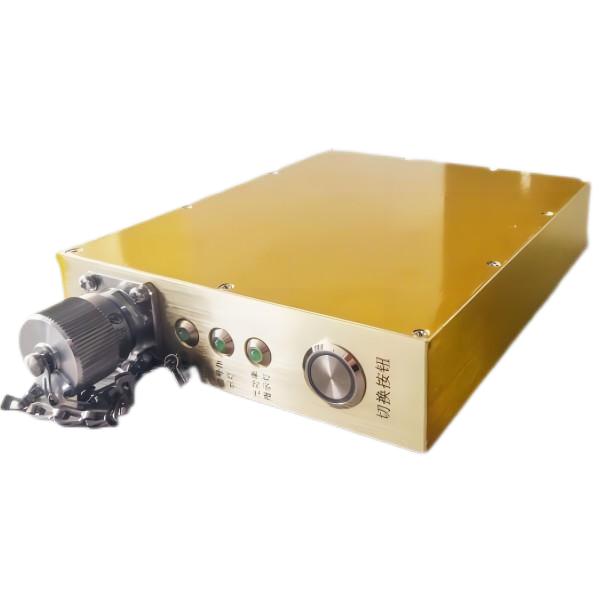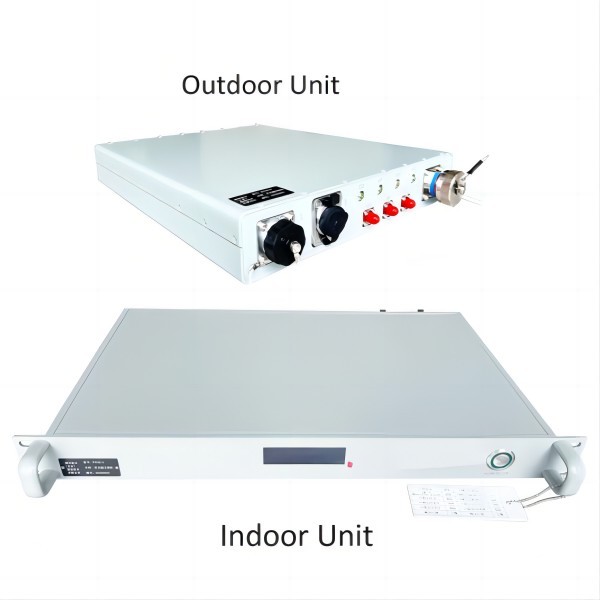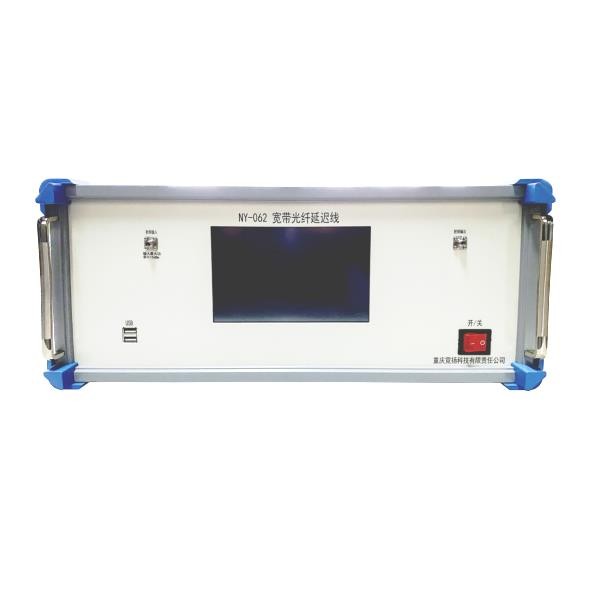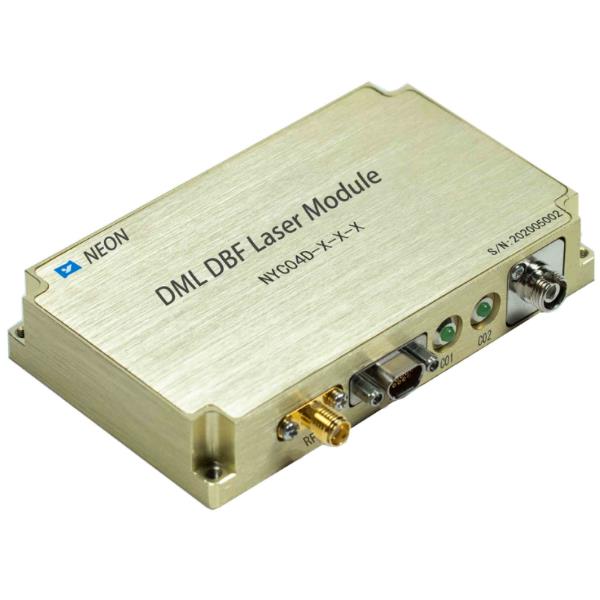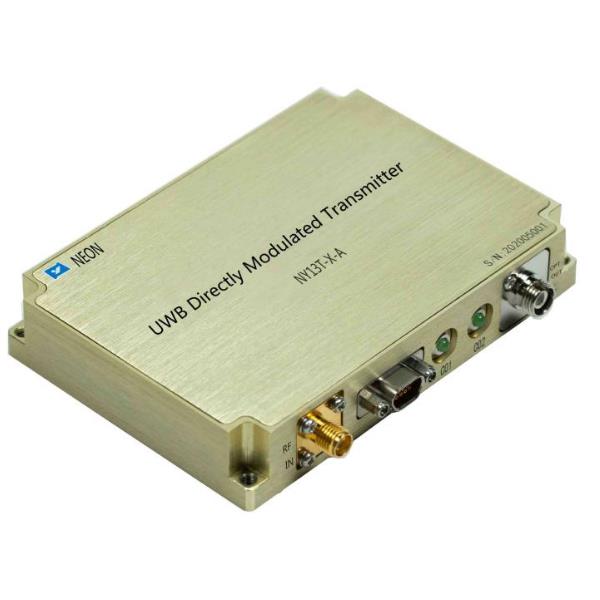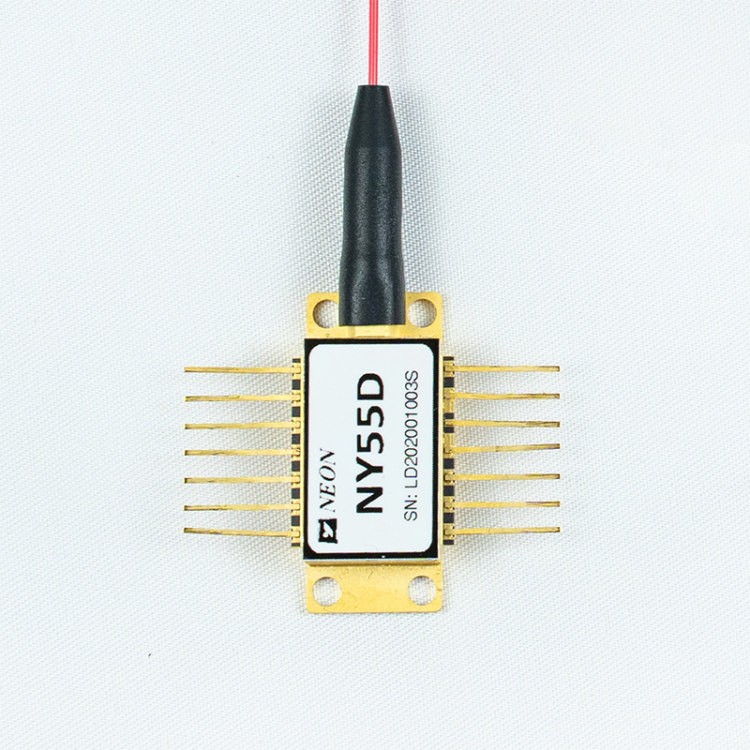High-Speed Digital Signal Optical Terminals: The Latest Trends and Applications
Digital signal optical terminals (DSOTs) are essential components of modern optical communication systems. They are used to convert electrical signals into optical signals and vice versa. High-speed DSOTs are capable of transmitting and receiving data at very high rates, making them ideal for demanding applications such as telecommunications, high-performance computing (HPC), and data centers.
In recent years, there have been significant advances in high-speed DSOT technology. Researchers and engineers are constantly pushing the boundaries of what is possible, developing new modulation formats, materials, and signal processing techniques. This article will explore some of the latest trends in high-speed DSOT technology, highlighting the key developments and their potential impact.
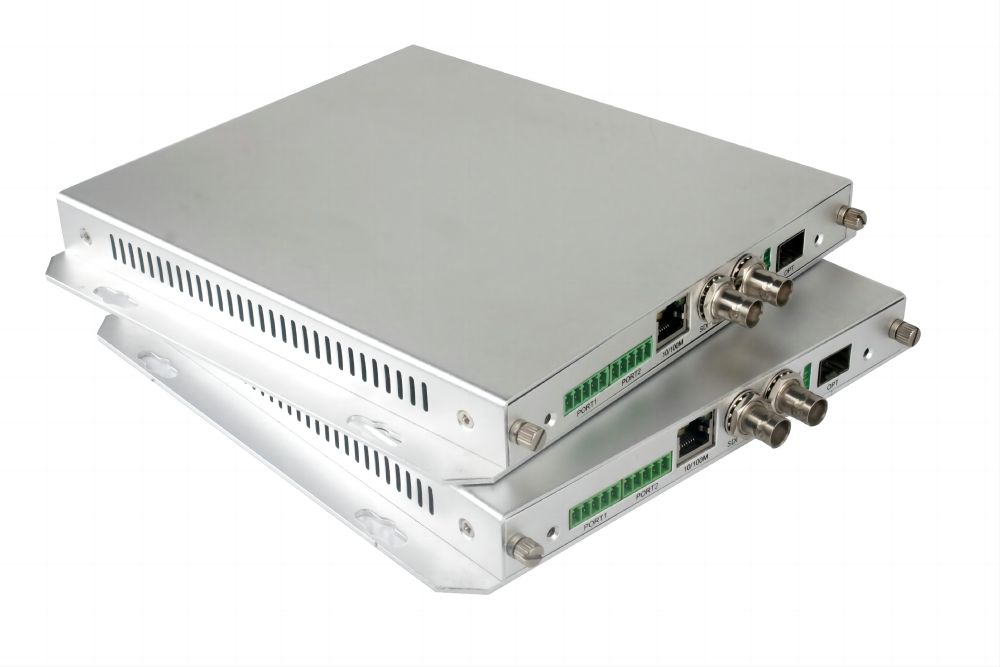
Optical modulation formats for high-speed DSOTs
One of the most important trends in high-speed DSOT technology is the development of new optical modulation formats. These formats allow for more efficient use of the optical spectrum, enabling higher transmission rates. Some of the promising optical modulation formats for high-speed DSOTs include:
- Coherent optical modulation: Coherent optical modulation uses phase information to encode data, resulting in higher spectral efficiency and better sensitivity.
- Nyquist-WDM: Nyquist-wavelength division multiplexing (WDM) uses carefully designed filters to pack multiple optical channels into a single fiber without interference.
- Orthogonal frequency-division multiplexing (OFDM): OFDM divides the optical signal into multiple subcarriers, each of which is modulated independently. This technique is particularly robust to chromatic dispersion and nonlinear effects.
Silicon photonics for high-speed DSOTs
Silicon photonics is the integration of photonic devices on silicon chips. This technology offers several advantages for high-speed DSOTs, including:
- High speed: Silicon photonic devices can be operated at very high speeds, making them suitable for high-bandwidth applications.
- Low cost: Silicon photonics is a CMOS-compatible technology, which means that it can be manufactured using the same processes used to make integrated circuits.
- Compact size: Silicon photonic devices can be integrated on small chips, making them suitable for miniaturized optical transceivers.
Integrated photonic circuits (IPCs) are key components of silicon photonic DSOTs. IPCs combine multiple photonic devices, such as modulators, detectors, and filters, onto a single chip. This allows for the realization of complex optical transceiver functions in a compact form factor.
Machine learning-assisted DSOTs
Machine learning (ML) is being increasingly used to improve the performance of DSOTs. ML algorithms can be used for a variety of tasks, such as:
- Signal processing: ML algorithms can be used to optimize the signal processing algorithms used in DSOTs. This can improve the signal-to-noise ratio (SNR) and bit error rate (BER).
- Adaptive modulation: ML algorithms can be used to adaptively select the optimal modulation format for the current channel conditions. This can improve the overall spectral efficiency and robustness of the optical link.
- Fault prediction: ML algorithms can be used to predict potential faults in DSOTs. This allows for proactive maintenance and prevents costly downtime.
ML-assisted DSOTs are still in the early stages of development, but they have the potential to revolutionize high-speed optical communication. As ML algorithms become more sophisticated, they will play an increasingly important role in the design and operation of DSOTs.
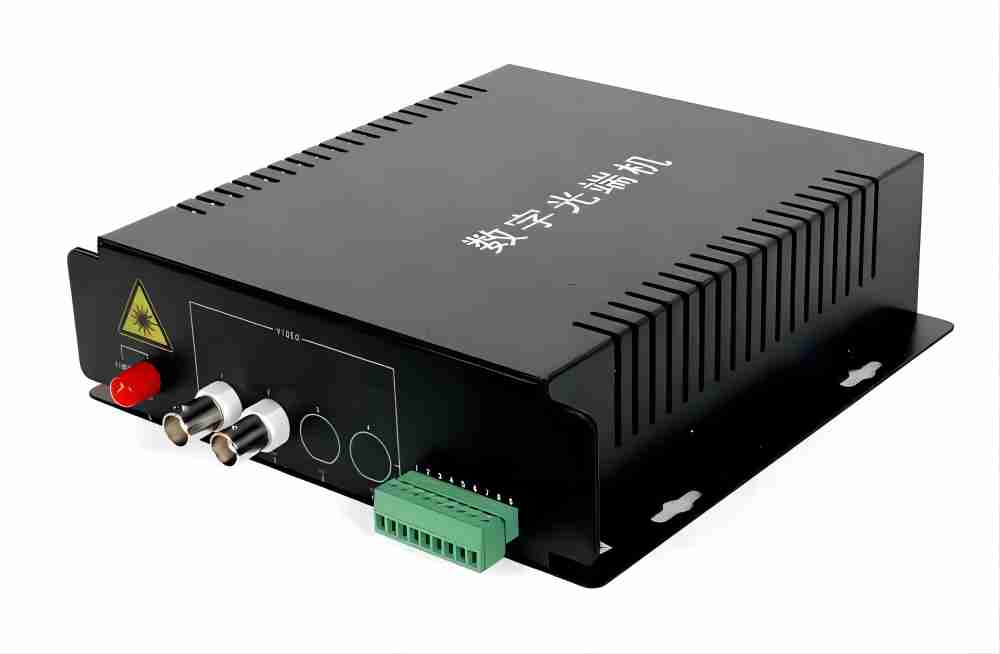
Potential benefits of high-speed DSOTs
The development of high-speed DSOTs has several potential benefits, including:
- Increased data transfer rates: High-speed DSOTs can transmit data at much higher rates than traditional DSOTs. This allows for faster transmission of files, videos, and other large data sets.
- Reduced latency: High-speed DSOTs have lower latency than traditional DSOTs. This means that there is less delay between the time a signal is sent and the time it is received. This is important for applications that require real-time communication, such as online gaming and financial trading.
- Improved signal integrity: High-speed DSOTs are designed to be more resistant to noise and interference. This ensures that the transmitted signal is received intact, without errors.
- Enhanced security: High-speed DSOTs can be used to implement advanced security protocols, such as quantum key distribution (QKD). This can help to protect sensitive data from eavesdropping.
Applications of high-speed DSOTs
High-speed DSOTs have a wide range of applications, including:
- Telecommunications: High-speed DSOTs are used in telecommunications to transmit high-bandwidth data signals over long distances.
- HPC: High-performance computing (HPC) clusters are used for demanding computational tasks such as scientific simulations, weather forecasting, and financial modeling. High-speed DSOTs are used to connect the nodes of HPC clusters, allowing them to communicate with each other at high speeds. This is essential for ensuring that the cluster can perform complex calculations efficiently.
- Data centers: Data centers are large facilities that store and process data. High-speed DSOTs are used to connect the servers in data centers, allowing them to access and share data quickly. This is important for ensuring that data center applications can run smoothly and without interruption.
- Medical imaging: Medical imaging techniques such as MRI, CT scans, and PET scans generate large amounts of data. High-speed DSOTs are used to transmit this data from the imaging device to the computer where it is processed and displayed. This allows doctors to view and analyze medical images in real time, which can improve the accuracy and efficiency of diagnosis and treatment.
- Automotive sensors: High-speed DSOTs are used to connect automotive sensors to the vehicle’s electronic control unit (ECU). These sensors provide the ECU with information about the vehicle’s speed, position, acceleration, and other parameters. The ECU uses this information to control the vehicle’s engine, transmission, brakes, and other systems.
- Telecommunications: High-speed DSOTs are used in telecommunications to transmit high-bandwidth data signals over long distances. They are used in a variety of applications, including broadband internet access, long-distance telephone calls, and satellite communications.
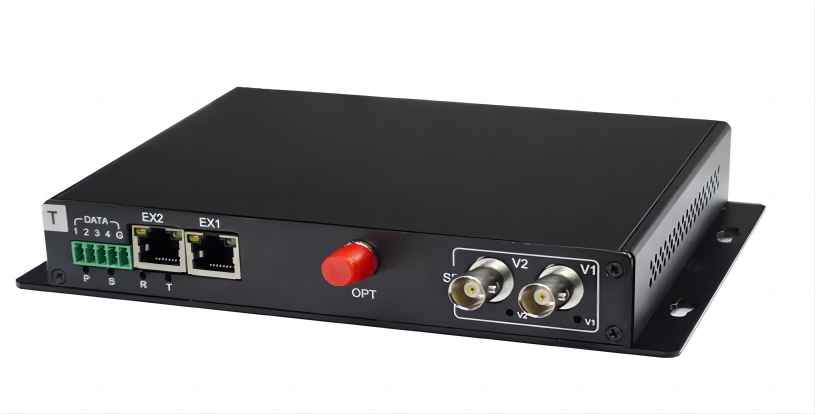
In conclusion, high-speed DSOT technology is rapidly evolving. New optical modulation formats, materials, and signal processing techniques are being developed to achieve even higher speeds and greater efficiency. Silicon photonics is playing a key role in the development of miniaturized, high-bandwidth DSOTs. Machine learning is also being used to improve the performance of DSOTs by optimizing signal processing algorithms, enabling adaptive modulation, and predicting potential faults.


